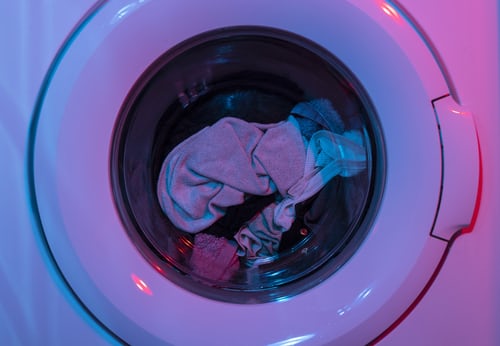Blessed be the washing machine, the household appliance that makes it possible to complete laundry cycles efficiently and easily. However, this appliance is a real consumer of electricity and water. Fortunately, there are tips on how to reduce the consumption of this appliance. Read this article to find out more.
Water and electricity consumption of the washing machine
In order to make housework easier, science has developed a range of electronic appliances, including washing machines. These appliances are very useful today, as they make it easy to do the laundry with unparalleled efficiency. However, these appliances can cause you to run up huge water and electricity bills because they consume so much. For example, a 2200 W washing machine uses up to 22,000 litres of water per week. This weekly consumption can result in an annual consumption of more than 1000 kWh. As far as electricity consumption is concerned, this appliance has an energy consumption that varies between 25% and 30% for a single household. This huge consumption makes many people reluctant to opt for a washing machine.
Tips for optimising the washing of clothes

As explained earlier, a washing machine is a potential consumer of water and electricity. However, this should not stop you from using it, as there are a number of tips that can be used to reduce this consumption. So, to reduce the bill for you and the environment, the first thing to do is to reduce the frequency of washing per week. For this, changing clothes every three days is more than enough.
You can also choose a large, energy-efficient washing machine, especially one in the A++ class. These machines can save up to 30% of energy. Also, they consume between 45 and 60 litres of water per wash as opposed to 50 to 90 litres or even 100 litres for other classes of machine. Finally, note that tumble dryers are very energy intensive, so after washing, it is advisable to air dry the clothes in a well-ventilated room.

